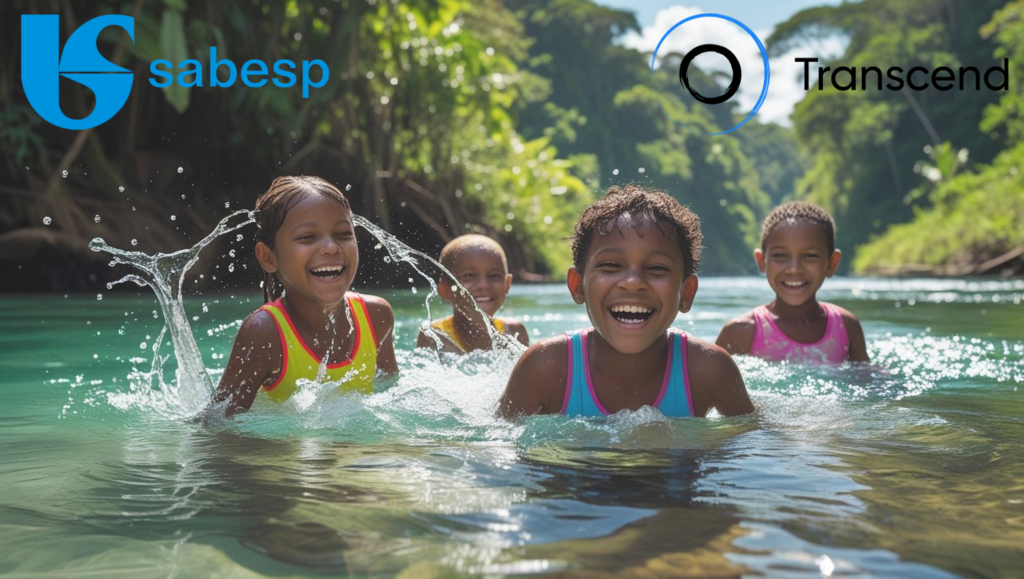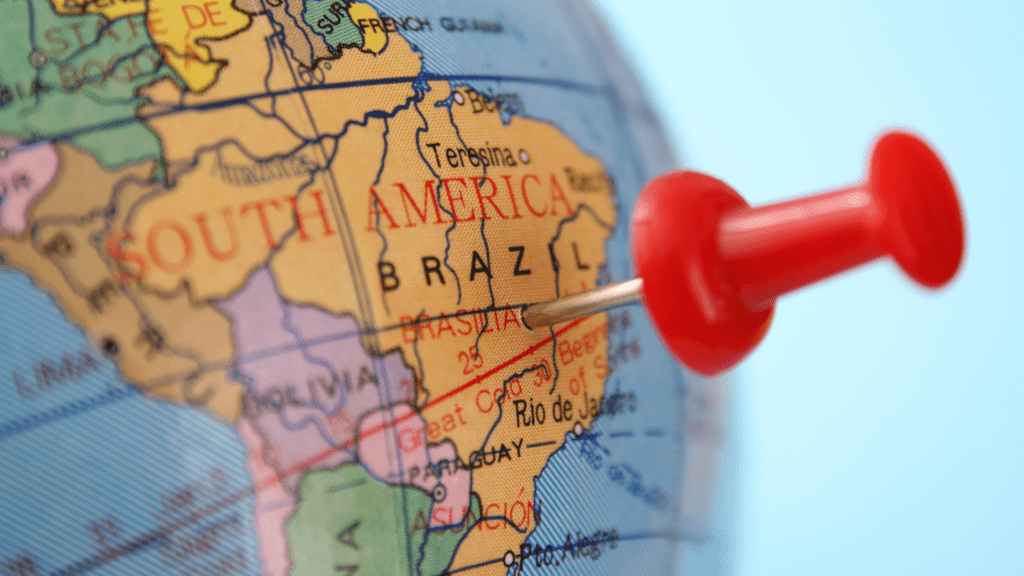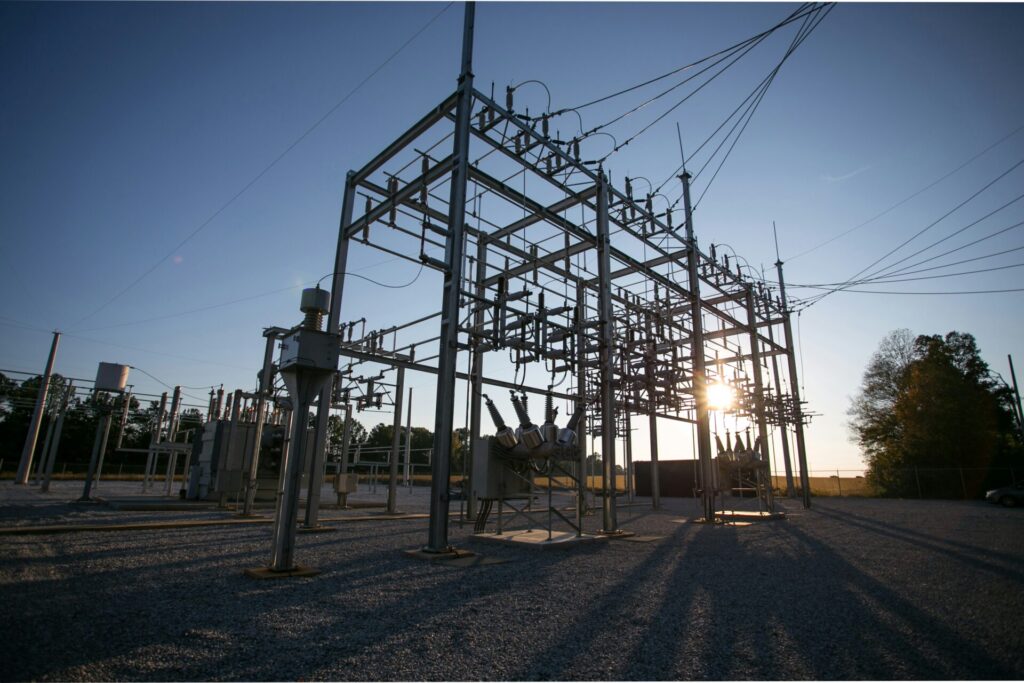This article is part of our feature on the future of wastewater in the U.S.’s fastest growing metro areas. We’re using the Transcend Design Generator to automatically build, expand, or upgrade regional wastewater treatment systems in each of these regions.
As we continue our series on automatically designing wastewater plants in rapidly growing US cities, we turn our attention to Myrtle Beach – a bustling city in South Carolina that serves as a popular tourist destination.
Myrtle Beach, along with its corresponding county, Horry County, has experienced significant population growth in the past decade, earning the #61 spot on the list of the TOP100 fastest growing populations by county from 2010 to 2020. With the growth of over 80,000 residents and a total population of 353,000 in 2020, the need for efficient and sustainable wastewater management systems has become paramount.
In this article, we will explore the challenges and opportunities that come with designing and implementing wastewater plant solutions for Myrtle Beach and Horry County. Given the assumption that the population will continue to grow at a similar rate between 2020 and 2030, the area will require a wastewater treatment plant with a capacity of approximately 40 million gallons per day (MGD). The increasing population and urban development, along with the city’s thriving tourism industry, call for innovative and forward-thinking wastewater management solutions that will meet the needs of the future.
The Myrtle Beach area is commonly referred to as the Grand Strand, a term that encompasses a 60-mile stretch of coastline along the northeastern part of South Carolina. The Grand Strand is known for its beautiful beaches, lush golf courses, and a wide variety of entertainment options, attracting millions of tourists each year. The area’s natural beauty and unique character have contributed to its rapid population growth and development, which, in turn, have put pressure on the region’s infrastructure, including wastewater management systems.
Accessing information about the Grand Strand Water Authority’s current wastewater treatment capacity proved to be a challenge due to restrictions on European access to their website. However, with the assistance of a Canadian Transcender and Civil Engineering developer, Andrew Pollock, we were able to ascertain that their current system has a capacity of 22.4 MGD. Notably, this system also serves some neighboring counties to a certain extent. Based on our calculations, we still require a wastewater treatment capacity of 40 MGD for Myrtle Beach and Horry County. This means that the existing plant must be expanded, or a new, similarly-sized plant must be constructed elsewhere to accommodate the growing needs of the region. Since the area around the plant is already developed, and we don’t want to reduce the number of baseball fields next to the current plant, let’s build a new one.
Moving forward with the wastewater treatment plant design for Myrtle Beach and Horry County, our proposed solution is to implement a membrane bioreactor (MBR) plant with biological phosphorus removal. This type of treatment technology is well-suited for the region, given the high Biochemical Oxygen Demand (BOD) to Total Kjeldahl Nitrogen (TKN) and BOD to Total Phosphorus (TP) ratios typically associated with the area. The MBR process combines the biological treatment of activated sludge with membrane filtration, which results in a high-quality effluent that meets stringent discharge requirements.
If you’d like to see the full design package for this treatment plant, send us a note at info@transcendinfra.com or contact us here and a member of our team will share it with you!
If you enjoyed this piece you may also want to read about the future of wastewater in Detroit.
Resources:





